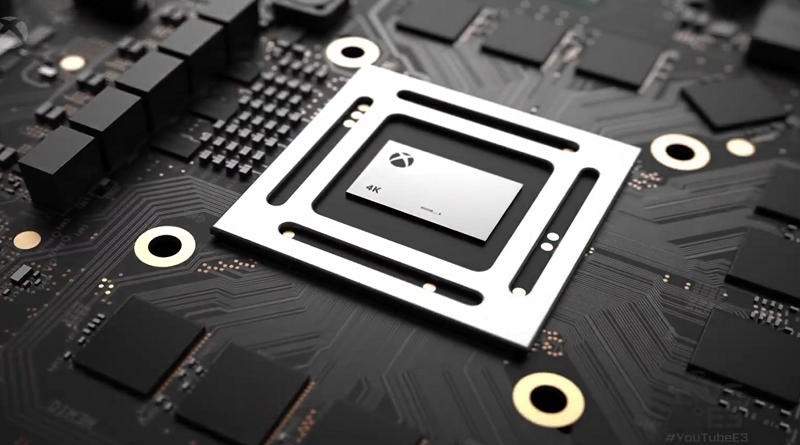Xbox Scorpio – ESRAM Removed, 6 Teraflops Confirmed
Microsoft have remained pretty tight lipped regarding their upcoming new console code named Scorpio. They announced their new baby at last years E3 event, they cited then that they were building the most powerful console the world has ever seen. A machine that will be able to run games in native 4K and utilise HDR, a machine built for high fidelity VR, a machine with a 6 Teraflop GPU.
A couple of days ago Eurogamer received a whitepaper on some of the hardware details for the Scorpio. This same whitepaper was sent out to developers shortly after Microsoft announced the Scorpio at last years E3. Eurogamer did not say how or where they came across this document but published an article outlining what it contained. You can check their article out HERE, it is very detailed and well worth a look if you like your technical terminology.
While the whitepaper does contain certain information regarding the Scorpio's specs its important to point out that it is not a detailed breakdown of how Microsoft are putting their new system together or what the final hardware is going to be in the finished product.
The biggest reveal in the whitepaper is that the Scorpio will not use ESRAM(embedded static RAM). ESRAM is used in both the Xbox One and the Xbox One S due to both consoles having slower DDR3 memory compared with the PS4 which uses much faster DDR5 memory. This is the main reason why nearly all third party multiplatform games run and look better on the PS4.
Developers know that all future games built for the Scorpio must also run on the base Xbox One, there will be no exclusive Scorpio titles, much like the relationship between the PS4 Pro and the standard PS4. The removal of ESRAM is both good and bad news for developers. Its good because Microsoft have stated that the memory bandwidth on the Scorpio will completely outstrip the capabilities of ESRAM, making it redundant on their new system, therefore hopefully removing any bottleneck problems that may have cropped up in the past.
On the other hand its also bad news because developers will still have to design their games to work on both systems. This means that Xbox One titles will still have to be designed and optimised using ESRAM, where as the Scorpio version of any game will be built and optimised using whatever memory Microsoft decides on for the finished product. This will be more work for developers to do and only time will tell if this causes delays or other problems for dev teams going forward.
The other main bit of info that was contained in the whitepaper is something we already knew, the Scorpio will have a 6 Teraflop GPU. The paper states that the new system will be 4.5 times more powerful than the base Xbox One. The base machine clocks in at about 1.31 Teraflops. So with that information in mind, a simple bit of math suggests that the 6 Teraflop goal has almost been achieved by Microsoft.
In the Eurogamer article they take the whitepaper apart completely. There is also some details in it outlining techniques on how developers can best scale their games to reach 4K and there is a lot of speculation regarding what the finished system may look like on the inside and if the specs contained within the document really point towards a machine that can deliver a true native 4K gaming experience. I think we will all have to wait till E3 in June to see what the final product might be but for now at least, the Scorpio is looking very promising and very very powerful.
Do you care about 4K at all or would you rather see more time been spent on creating new IPs and better more immersive gaming experiences rather than been spent on visual fidelity and graphics? Please feel free to leave your thoughts on the matter in the comments below.
Image From pcworld.com

